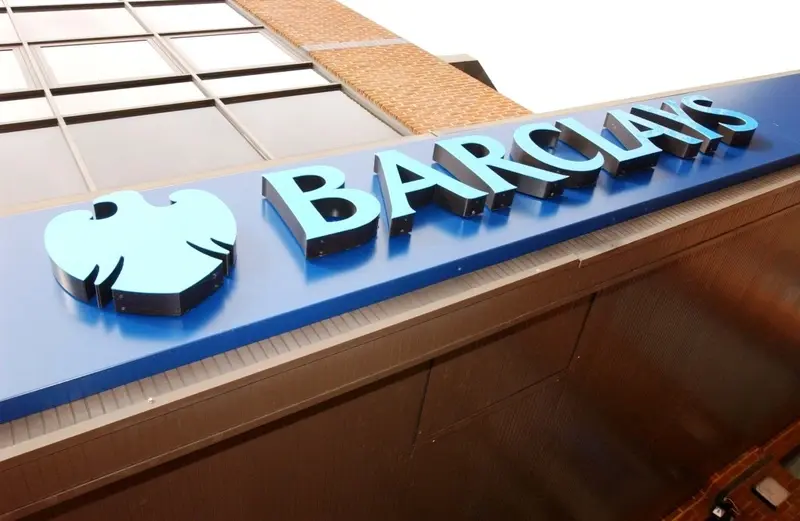
High street lender Barclays (BARC) failed to recreate the enthusiasm around its first quarter earnings, with second quarter results sending investors scurrying for the exit and the share price down 4.2% to 107p.
Thanks to another strong performance from the investment bank, which racked up a 31% increase in first half revenues to £6.9 billion on higher trading activity and increased issuance by corporate customers, overall revenues were up 8% to £11.6 billion.
However, due to the impact of revised forecasts under the new IFRS 9 accounting standard, provisions for bad loans increased by £1.6 billion in the second quarter taking total impairment charges for the first half to £3.7bn, above market forecasts.
We wrote about the potential impact of this new accounting standard on bad loan provisions and bank profits earlier this year.
The retail and corporate banking business saw an 11% drop in revenue to £3.2 billion, driven by lower interest rates, lower balances on credit cards and the removal of certain fees to help customers during the pandemic, in line with government guidelines.
Lower spending by consumers, especially on credit cards, is bad news for the bank’s fee income, although as confidence recovers it’s reasonable to assume that spending will get somewhere close to ‘normal’ once people feel comfortable with the risks of going shopping and going back to work.
On a positive note Barclays was able to reduce its operating expenses by 4% or nearly £300 million to £6.6 billion, cutting its cost to income ratio to just 57% which is impressive given the investment bank’s cost base.
The bank sees consumer and corporate loan demand improving and expects second half bad loan charges to be below the first half as long as there isn’t a further deterioration in the outlook.
Analyst Joseph Dickerson at Jefferies believes that most of the disappointments in today’s report are transitory while the bank’s successes are being downplayed by the market.
He points to the better performance on costs, the fact that despite higher provisions the bank’s Core Equity Tier One ratio is still above 14%, demonstrating its ‘fortress’ balance sheet, and that net of one-off items pre-tax earnings in the second quarter were ahead of consensus.




